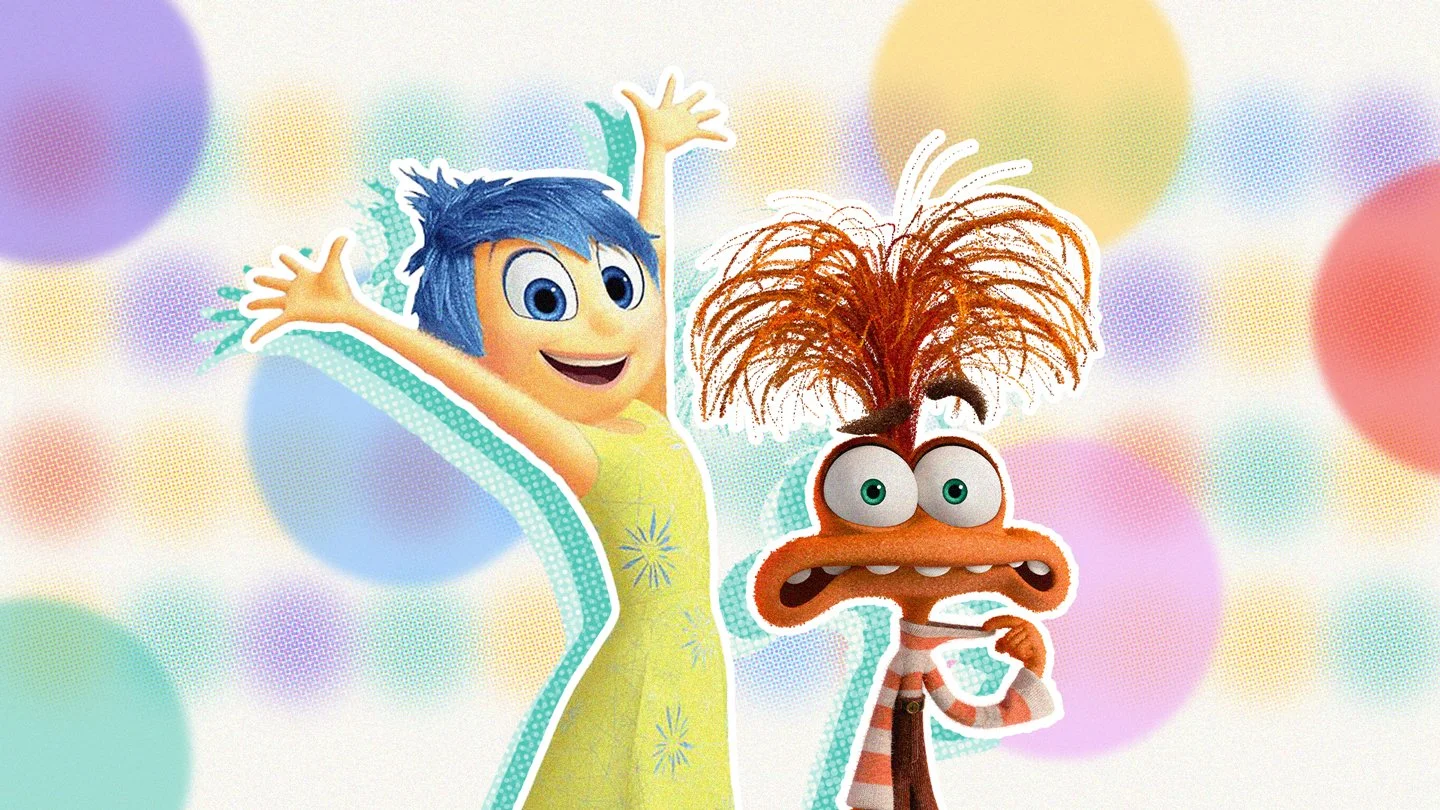What Inside Out 2 Teaches Us About Self-Awareness and Emotional Intelligence
How often do you just sit down and reflect on your own superpowers or emotions?
Most of us, no matter our age, would probably admit, “not a whole lot”. Yet, over a year on from the cultural phenomenon of Inside Out 2, what some might simply dismiss as “another children’s movie”, the bestselling animated feature is still making waves and prompting people of all ages to pause, reflect and invest time in themselves.
For those of you who are not familiar with Pixar’s Inside Out 2, 13-year-old Riley's emotional headquarters is disrupted by the arrival of new, more complex emotions - Anxiety, Envy and Embarrassment, as she enters puberty and starts high school. The original emotions, led by Joy, must now navigate this dramatic change and learn to coexist with the new emotions, especially Anxiety, who has a more controlling and proactive agenda for Riley. This new emotional mix creates a "wild ride" for Riley as she struggles with a changing sense of self.
Her once simple world of emotions becomes complicated. Sound familiar?
Contrary to old school thinking, adulthood isn’t about getting rid of emotions but learning to recognise, manage and make sense of them. That’s where self-awareness and emotional intelligence come in.
Self-awareness and emotions in our day to day
So how does this translate to the working world, you might ask?
Simple: adults tend to put their emotions “on mute” while at work, ignoring these important signals, usually to their own detriment. Being self-aware and understanding both your strengths and what we like to call your “lesser strengths”, is what makes you YOU, and what actually leads you to better working relationships and sharper decision-making.
Only when you unlock what triggers you (and why) can you respond thoughtfully instead of reactively: a key turning point for effective leadership and collaboration.
In the workplace, we’re all a bit like Riley: trying to balance confidence, doubt, and empathy while keeping it all together. But those very emotions are the roadmap to stronger human skills, if we learn to listen to them.
Self-awareness vs emotional intelligence
So, do you need more self-awareness or emotional intelligence? Trick question! The sweet spot lies in the combination of both.
If you are highly self-aware you will be able to truly understand your inner world: are you team Joy or team Anger? What are your triggers? What values are non-negotiable for you?
EQ (Emotional intelligence) builds on that understanding to navigate the outer world: your relationships, communication, and influence.
The two go hand in hand. Together, they form the foundation of truly successful, adaptable humans.
Self check-in time
So, can you recognise when your “Anxiety” or “Envy”has taken control? Making sure you recognise and embrace each emotion is key: they all make up who we are. Repressing them only makes it harder to manage the situation.
Introspection isn’t easy, but it’s one of the most powerful skills you can practise: for your wellbeing, relationships, and leadership growth.
The Maxme lens
Like Riley, we’re all learning to work with a bigger cast of emotions. The trick isn’t to silence them; it’s to stay curious about what they’re trying to tell us. That’s where true self-awareness grows, and where human skills thrive.
Explore how self-awareness training can power up your emotional intelligence at work!
Looking to find your superpowers? Try our Hodie App.







